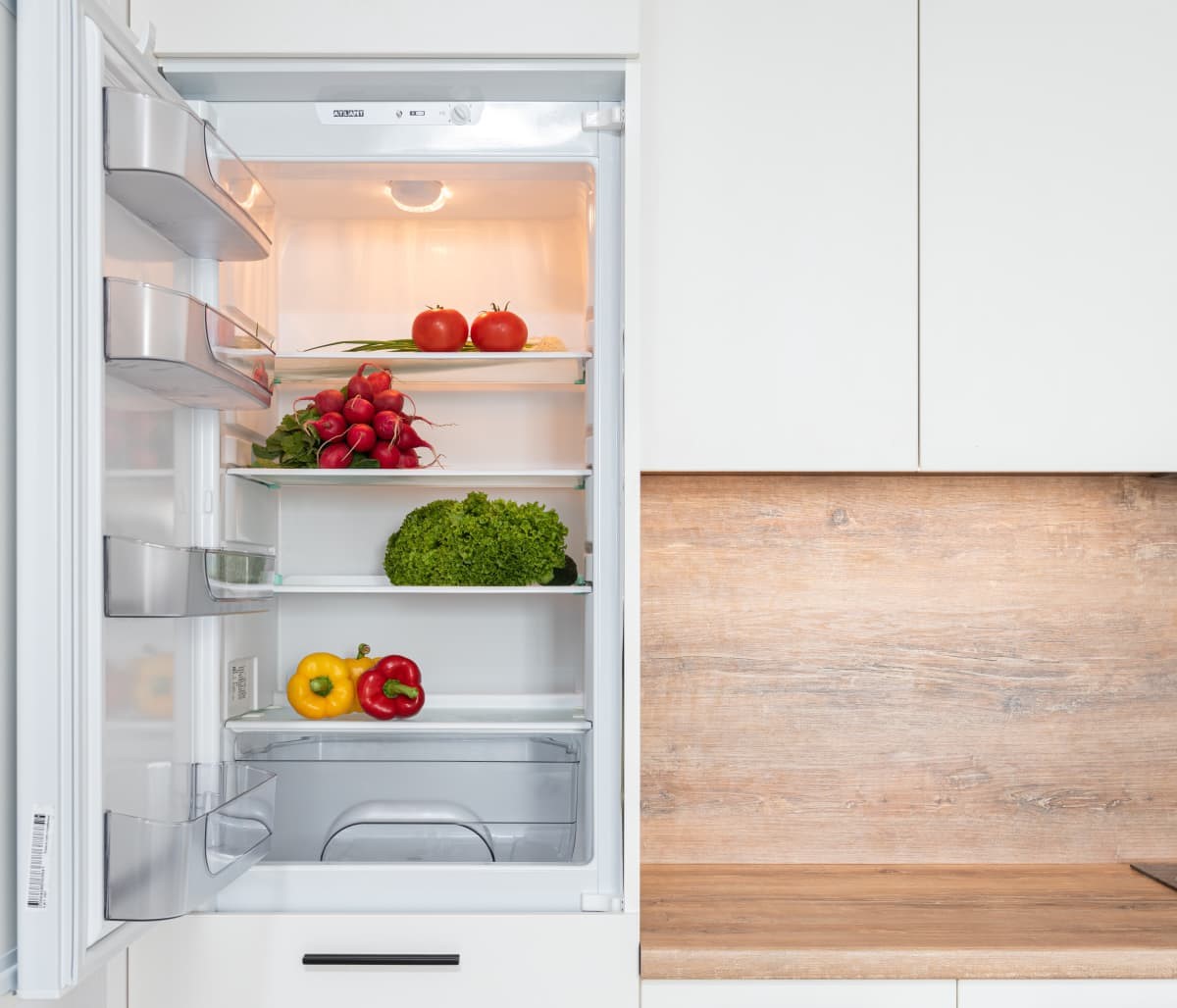

Articles
How Refrigerator Works
Modified: January 19, 2024
Learn how refrigerators work with this informative article. Discover the inner workings and technology that keep your food fresh and cold.
(Many of the links in this article redirect to a specific reviewed product. Your purchase of these products through affiliate links helps to generate commission for Storables.com, at no extra cost. Learn more)
Introduction
Refrigerators have become an indispensable part of our daily lives, keeping our food fresh, beverages chilled, and perishable items safe from spoilage. But have you ever wondered how refrigerators actually work? In this article, we’ll delve into the inner workings of a refrigerator, exploring the basic components and principles of refrigeration. By understanding this fascinating process, you’ll gain a deeper appreciation for this remarkable appliance that we often take for granted.
At its core, a refrigerator is a complex machine that utilizes the principles of thermodynamics to create a cooler environment inside. It achieves this by removing heat from the interior and expelling it to the external environment, thereby maintaining a lower temperature within the confines of its insulated compartments.
Let’s start by examining the basic components of a refrigerator.
Key Takeaways:
- Understanding the inner workings of a refrigerator, from the compressor to the evaporator coils, sheds light on the fascinating engineering behind this essential appliance, enhancing our appreciation for its cooling capabilities.
- Implementing energy-efficient practices, such as choosing the right size, regular maintenance, and considering Energy Star-certified models, not only reduces energy consumption but also contributes to a more sustainable future.
Read more: How Does A Refrigerator Compressor Work
Basic Components of a Refrigerator
A refrigerator consists of several key components that work together to create a controlled cooling environment. These components include:
- Compressor: The compressor is the heart of the refrigerator. It is responsible for compressing the refrigerant gas, raising its temperature and pressure.
- Condenser Coils: The condenser coils are located at the back or bottom of the refrigerator. These coils release the heat absorbed from the interior of the fridge, allowing the refrigerant to cool down and return to its liquid state.
- Evaporator Coils: The evaporator coils are located inside the refrigerator and are responsible for absorbing heat from the food and beverages stored inside. As the refrigerant evaporates in these coils, it absorbs the heat, causing the temperature inside the fridge to decrease.
- Expansion Valve: The expansion valve is a small device that controls the flow of the refrigerant. It regulates the amount of refrigerant entering the evaporator coils, allowing for precise temperature control.
- Thermostat: The thermostat acts as the control center of the refrigerator. It monitors the temperature inside the fridge and signals the compressor to turn on when the temperature rises above the desired level. Once the temperature drops, the thermostat instructs the compressor to turn off.
- Insulation: The refrigerator is insulated with materials such as foam or fiberglass to prevent the escape of cold air and the entry of warm air from the external environment.
- Door: The refrigerator door is equipped with rubber gaskets to create an airtight seal when closed, ensuring that cold air remains inside and warm air is kept out.
These components work in harmony to maintain a consistently cool temperature inside the refrigerator, preserving the freshness of food and extending its shelf life. Now that we understand the basic components, let’s explore the principles of refrigeration that make this cooling process possible.
Principles of Refrigeration
The principles of refrigeration are rooted in the laws of thermodynamics, particularly the concepts of heat transfer and the behavior of gases. Understanding these principles is essential for grasping how a refrigerator functions.
One fundamental principle is that heat naturally flows from regions of higher temperature to regions of lower temperature. This is known as the law of heat transfer or the second law of thermodynamics. The goal of refrigeration is to reverse this natural flow in order to achieve a cooling effect.
The refrigeration process begins with the refrigerant, a special substance chosen for its ability to change from a gas to a liquid and vice versa at low temperatures. Most commonly used refrigerants include compounds like HFCs (hydrofluorocarbons) and CFCs (chlorofluorocarbons).
The refrigeration cycle, which consists of four main stages – compression, condensation, expansion, and evaporation – is the key to achieving the desired cooling effect.
First, the compressor plays a crucial role. It compresses the refrigerant gas, causing it to become hot and highly pressurized. This increase in pressure raises the temperature of the refrigerant, making it capable of releasing heat when it reaches the condenser coils.
As the hot, pressurized refrigerant flows into the condenser coils, it begins to lose heat to the surrounding environment. This heat transfer causes the refrigerant to condense into a liquid state at high pressure.
The high-pressure liquid refrigerant then flows through the expansion valve, which restricts the flow of refrigerant and reduces its pressure. As a result, the refrigerant rapidly expands, becoming a low-pressure, low-temperature mixture of liquid and vapor. This change in pressure causes the refrigerant to cool down significantly.
The cooled refrigerant then enters the evaporator coils located inside the refrigerator. As warm air from the fridge comes into contact with the cold evaporator coils, heat is transferred from the air to the refrigerant, causing the refrigerant to evaporate into a gas again.
During the evaporation process, the refrigerant absorbs the heat, effectively cooling the interior of the refrigerator. The vaporized refrigerant gas is then drawn back into the compressor, restarting the refrigeration cycle.
By continuously circulating the refrigerant through this cycle, the refrigerator removes heat from inside and expels it externally, creating a cooling effect and maintaining a lower temperature inside the appliance.
Now that we’ve explored the principles of refrigeration, let’s dive deeper into how the individual components of a refrigerator contribute to the refrigeration cycle.
The Refrigeration Cycle
The refrigeration cycle is a continuous process that enables a refrigerator to maintain a cool temperature by removing heat from its interior and expelling it to the external environment. This cycle involves four main stages: compression, condensation, expansion, and evaporation.
The cycle begins with the compressor, often referred to as the “heart” of the refrigerator. The compressor is responsible for compressing the refrigerant gas, increasing its temperature and pressure. This compressed gas then flows into the condenser coils.
In the condenser coils, the hot, high-pressure refrigerant releases heat to the surrounding environment. This heat transfer causes the refrigerant to condense into a high-pressure liquid state. The condenser coils, usually located at the back or bottom of the refrigerator, are designed to dissipate heat efficiently, allowing the refrigerant to cool down.
After exiting the condenser coils, the high-pressure liquid refrigerant passes through the expansion valve. The expansion valve restricts the flow of refrigerant, causing a drop in pressure. As a result, the refrigerant rapidly expands, becoming a low-pressure, low-temperature mixture of liquid and vapor.
The cooled and expanded refrigerant then enters the evaporator coils, which are located inside the refrigerator. As warm air from the fridge comes into contact with the cold evaporator coils, heat is transferred from the air to the refrigerant. This heat transfer causes the refrigerant to evaporate into a gas state.
During the evaporation process, the refrigerant absorbs heat from the interior of the fridge, effectively cooling the air inside. This is essential for maintaining a lower temperature and preserving the freshness of the food and beverages stored in the refrigerator.
The vaporized refrigerant gas is then drawn back into the compressor, restarting the refrigeration cycle. This cycle repeats continuously, ensuring that the refrigerator maintains a consistently cool temperature.
It is important to note that the refrigerant used in the process plays a crucial role in the efficiency and effectiveness of the refrigeration cycle. Different refrigerants have varying properties and environmental impacts. In recent years, there has been a shift towards using more environmentally-friendly refrigerants, such as HFCs (hydrofluorocarbons) and natural refrigerants like CO2 (carbon dioxide) and hydrocarbons.
Now that we understand the refrigeration cycle, let’s explore how the individual components – the compressor, condenser and evaporator coils, and refrigerants – work together to create the cooling effect in a refrigerator.
How the Compressor Works
The compressor is the heart of a refrigerator, responsible for the crucial step of compressing the refrigerant gas in the refrigeration cycle. By doing so, it plays a vital role in maintaining the cooling effect inside the appliance.
The primary function of the compressor is to increase the pressure and temperature of the refrigerant gas, which sets off the refrigeration cycle. Let’s take a closer look at how the compressor accomplishes this:
1. Suction: The compressor begins its cycle by creating a low-pressure area known as the suction side. Here, the refrigerant gas, in its gaseous state, is drawn into the compressor from the evaporator coils. The compressor’s suction valve opens, allowing the low-pressure gas to enter.
2. Compression: Once inside the compressor, the refrigerant gas is subjected to compression. The compressor’s pistons, driven by an electric motor or a belt, move up and down or side to side to compress the gas. As the pistons move, they reduce the volume of the gas, which simultaneously increases its pressure and temperature.
3. Discharge: The compressed, high-pressure gas is then pushed out of the compressor into the condenser coils. This expulsion is made possible by the discharge valve, which opens to release the pressurized refrigerant gas.
4. Motor and Cooling: The compressor’s motor, typically located within the compressor housing, powers the movement of the pistons. The motor generates heat during operation, but this heat is not expelled into the refrigerator. Instead, it is dissipated through the compressor housing or by an external cooling fan, ensuring that it does not interfere with the cooling process.
By compressing the refrigerant gas, the compressor raises its temperature and pressure, making it capable of releasing heat when it reaches the condenser coils. This heat transfer occurs as the refrigerant passes through the condenser coils, allowing it to cool down and return to a liquid state.
The compressor plays a crucial role in the overall efficiency of the refrigerator. It needs to operate at the correct pressure and capacity to maintain the desired cooling effect. If the compressor malfunctions or becomes inefficient, it can lead to insufficient cooling or energy wastage.
In modern refrigerators, you may find different types of compressors, such as reciprocating compressors, rotary compressors, or scroll compressors. These compressors vary in design, functionality, and efficiency, but their basic principle remains the same – compressing the refrigerant gas to initiate the refrigeration cycle.
Now that we understand how the compressor works, let’s explore the important role played by the condenser and evaporator coils in the refrigeration process.
Read more: How Does RV Refrigerator Work
The Condenser and Evaporator Coils
The condenser and evaporator coils are vital components in a refrigerator’s refrigeration system. They work in tandem to facilitate the transfer of heat and facilitate the cooling process.
Condenser Coils: The condenser coils are located either at the back or bottom of the refrigerator and are responsible for releasing the heat absorbed from the interior of the fridge. These coils are typically made of copper or aluminum and are finned to increase surface area, aiding in heat dissipation.
When the high-pressure refrigerant gas flows into the condenser coils from the compressor, it is exposed to cooler air or a cooling fan. The refrigerant cools down and starts to liquefy due to the heat transfer process. As the refrigerant condenses into a liquid state, it releases the absorbed heat into the surrounding environment.
Efficient heat dissipation is crucial for the condenser coils. If they become dirty or clogged with dust and debris, the cooling efficiency of the refrigerator can be compromised. Regular cleaning of the condenser coils is important to ensure that heat can be effectively released, maintaining optimal cooling performance.
Evaporator Coils: The evaporator coils are located inside the refrigerator and are responsible for absorbing heat from the food and beverages stored within. These coils also consist of copper or aluminum tubing, often with a series of delicate fins or plates.
When the low-pressure refrigerant enters the evaporator coils from the expansion valve, it rapidly expands, causing a drop in temperature. As warm air from the refrigerator comes into contact with the cold evaporator coils, heat is transferred from the air to the refrigerant. This heat transfer process cools down the air inside the refrigerator.
At the same time, as the refrigerant absorbs heat, it evaporates into a gas state. The evaporated refrigerant, now in a gaseous form, is drawn back into the compressor to be compressed and start the refrigeration cycle anew.
The evaporator coils must remain clean and frost-free for optimal efficiency. Over time, ice can build up on the coils, hindering their ability to absorb heat. This is why most refrigerators incorporate a defrosting mechanism to periodically melt the ice and prevent excessive frost accumulation.
Both the condenser and evaporator coils play crucial roles in the refrigeration process, working in concert to facilitate the transfer of heat. By effectively releasing heat from the condenser coils and absorbing heat into the evaporator coils, refrigerators can maintain a cool and controlled environment for storing food and beverages.
Next, let’s explore the importance of refrigerants as the cooling agents in the refrigeration system.
Keep the condenser coils clean to ensure efficient heat transfer and proper functioning of the refrigerator. Use a vacuum or brush to remove dust and debris regularly.
Refrigerants: The Cooling Agents
Refrigerants are essential components in a refrigerator’s cooling system. They are responsible for absorbing and releasing heat during the refrigeration cycle, enabling the cooling effect inside the appliance. Let’s take a closer look at the role of refrigerants in the refrigeration process.
A refrigerant is a substance with specific thermodynamic properties that allow it to change from a gas to a liquid and vice versa at low temperatures. The most commonly used refrigerants are hydrofluorocarbons (HFCs), chlorofluorocarbons (CFCs), and hydrochlorofluorocarbons (HCFCs).
Refrigerants are chosen based on several factors, including their thermodynamic properties, efficiency, safety, and environmental impact. In recent years, there has been a global effort to transition to more environmentally-friendly refrigerants, phasing out the use of ozone-depleting substances such as CFCs and HCFCs.
During the refrigeration cycle, the refrigerant undergoes changes in pressure and temperature, transitioning between a gas and a liquid to facilitate the transfer of heat. Let’s examine the key roles of refrigerants in the refrigeration process:
Absorbing Heat: When the refrigerant enters the evaporator coils, it rapidly expands due to a drop in pressure. This expansion causes the refrigerant to absorb heat from the air inside the refrigerator, cooling the surrounding environment. The refrigerant then evaporates into a gas as it absorbs heat.
Releasing Heat: As the refrigerant in its gaseous state enters the condenser coils, it encounters cooler air or a cooling fan. This causes the refrigerant to cool down and condense into a liquid, releasing the heat it absorbed from the refrigerator interior. The heat is expelled to the external environment, allowing the refrigerant to be ready to absorb heat once again in the evaporator coils.
Refrigerants undergo a complex and carefully engineered cycle, transitioning between various pressures and temperatures to achieve the desired cooling effect. The specific properties of a refrigerant, such as its boiling point, heat capacity, and pressure-temperature relationship, are crucial in determining its suitability for a refrigeration system.
It’s important to note that the environmental impact of refrigerants is a significant consideration. Older refrigerants like CFCs and HCFCs had harmful effects on the ozone layer. They have been largely replaced by HFCs, which do not deplete the ozone layer but have a high global warming potential.
To mitigate environmental concerns, efforts have been made to develop and use more environmentally-friendly refrigerants, such as hydrofluoroolefins (HFOs) and natural refrigerants like carbon dioxide (CO2), hydrocarbons, and ammonia. These alternatives have lower global warming potentials and have gained popularity in recent years.
Overall, refrigerants play a critical role in the refrigeration process, allowing for the absorption and release of heat that leads to cooling. Through ongoing research and environmental regulations, the industry continues to evolve in finding refrigerants that balance efficiency, safety, and environmental sustainability.
Next, let’s explore how temperature control in refrigerators is achieved through the use of thermostats and expansion valves.
Controlling Temperature: Thermostat and Expansion Valve
Temperature control is a vital aspect of refrigerator operation, ensuring that the interior remains at the desired temperature for optimal food preservation. This control is achieved through the use of two key components: the thermostat and the expansion valve.
Thermostat: The thermostat acts as the control center of the refrigerator’s cooling system. It monitors the temperature inside the fridge and regulates the operation of the compressor based on the temperature settings chosen by the user.
The thermostat consists of a temperature sensor located inside the refrigerator. As the temperature rises above the desired level, the sensor detects the change and triggers the thermostat to signal the compressor to turn on. Once the temperature drops to the desired level, the thermostat instructs the compressor to shut off.
This cycling on and off of the compressor enables the refrigerator to maintain a consistent temperature, preventing unnecessary energy consumption when cooling is not needed.
Modern refrigerators often feature more advanced thermostats that offer additional features such as digital temperature displays, multiple cooling zones, and energy-saving modes. These thermostats allow for greater temperature control and customization based on specific needs.
Expansion Valve: The expansion valve is a small yet crucial component in refrigeration systems. It is usually located between the condenser and evaporator coils and regulates the flow of refrigerant through the system.
The expansion valve operates based on the pressure difference between the high-pressure side (condenser coils) and the low-pressure side (evaporator coils) of the refrigeration system. Its primary function is to reduce the pressure and regulate the amount of refrigerant that enters the evaporator coils.
By restricting the flow of refrigerant, the expansion valve causes a drop in pressure and temperature. This sudden decrease allows the refrigerant to rapidly expand, transitioning from a high-pressure liquid to a low-pressure mixture of liquid and vapor.
The expansion valve plays a vital role in temperature regulation by controlling the amount of refrigerant flowing into the evaporator coils. This control helps maintain a consistent and desired cooling effect inside the refrigerator, preventing temperature fluctuations that can impact food freshness and safety.
Both the thermostat and expansion valve work in synchronization to control the cooling process in a refrigerator. The thermostat monitors and maintains the desired temperature by regulating the compressor’s activity, while the expansion valve ensures the proper flow and pressure of refrigerant through the system.
It’s worth noting that the efficiency and accuracy of these components contribute significantly to the overall performance of a refrigerator. Technological advancements continue to enhance temperature control capabilities, allowing for more precise and energy-efficient cooling in modern refrigerators.
Next, let’s explore the defrosting process in refrigerators and its importance in maintaining optimal performance.
Defrosting Process in Refrigerators
The defrosting process is a crucial aspect of refrigerator maintenance, ensuring the optimal performance and efficiency of the appliance. Without regular defrosting, the buildup of ice and frost can hinder the cooling capabilities of the refrigerator. Let’s delve into the defrosting process and why it is important.
During normal operation, moisture and humidity inside the refrigerator can condense and freeze on the evaporator coils. Over time, this accumulation of ice can lead to a loss of cooling efficiency, as it acts as an insulating barrier, hindering the transfer of heat between the refrigerant and the air inside the fridge.
Modern refrigerators employ various methods to remove this ice buildup and prevent excessive frost from forming. The most common defrosting methods are:
Automatic Defrost: Many refrigerators today are equipped with automatic defrost systems, which utilize a defrost timer, a heating element, and a temperature sensor. The defrost timer initiates defrost cycles at regular intervals, usually every 8 to 12 hours, to prevent excessive ice buildup. When the defrost cycle begins, the heating element warms up and melts the ice on the evaporator coils. The water resulting from the melted ice is drained away and collected in a drip pan located at the bottom of the refrigerator.
Manual Defrost: Some refrigerators, especially older models or specialty units like chest freezers, require manual defrosting. In these cases, the user must manually turn off the refrigerator to allow the ice to melt naturally. The melted water needs to be soaked up or drained manually.
Regardless of the defrosting method, it is important to understand why defrosting is necessary. Here are a few reasons why regular defrosting is important:
Preserves Cooling Efficiency: Ice buildup on the evaporator coils acts as an insulating layer, obstructing the transfer of heat and hindering the cooling process. Regular defrosting removes this ice, ensuring optimal cooling efficiency and maintaining consistent temperature levels inside the refrigerator.
Prevents Excessive Energy Consumption: A refrigeration system with excessive ice buildup requires more energy to function. By defrosting the refrigerator, excess ice is removed, allowing the compressor to operate more efficiently and reducing energy consumption.
Prevents Odor and Mold Growth: Ice and frost buildup can lead to unpleasant odors and the potential for mold growth in the refrigerator. Defrosting removes these potential sources of odor and helps maintain a clean and hygienic environment for storing food.
Extends the Lifespan of the Refrigerator: Proper maintenance, including regular defrosting, can help prolong the lifespan of the refrigerator. By preventing excessive ice buildup, the components of the refrigerator, such as the compressor and fan, are subjected to less strain, resulting in longer-lasting performance.
It is important to follow the manufacturer’s guidelines for defrosting, whether it’s through manual or automatic defrosting methods. Regular defrosting not only ensures efficient cooling and energy savings but also helps maintain a clean and odor-free refrigerator for storing food safely.
Now that we understand the importance of defrosting, let’s explore the concept of energy efficiency in refrigerators and ways to maximize it.
Read more: How Does Propane Refrigerator Work
Energy Efficiency in Refrigerators
Energy efficiency is a crucial consideration when it comes to refrigerator usage. A more energy-efficient refrigerator not only reduces electricity consumption but also helps lower utility bills and minimize environmental impact. Let’s explore some key factors that contribute to energy efficiency in refrigerators.
Energy Star Certification: Energy Star is a program developed by the U.S. Environmental Protection Agency (EPA) and the U.S. Department of Energy to identify and promote energy-efficient products. When purchasing a refrigerator, look for the Energy Star label, as these appliances meet strict energy efficiency standards and can significantly reduce energy consumption compared to non-certified models.
Size and Capacity: Choose a refrigerator size that meets your needs, without being excessive. Larger refrigerators tend to consume more energy. Consider the size of your household and the amount of food you typically store to determine the appropriate refrigerator capacity. Additionally, make sure there is adequate space around the refrigerator for proper ventilation, as obstructing airflow can affect energy efficiency.
Insulation: Proper insulation is essential for maintaining energy efficiency. Refrigerators are designed with insulation materials, such as foam or fiberglass, to prevent the escape of cool air and the entry of warm air from the external environment. Ensure seals and gaskets on the refrigerator door are intact and functioning properly to avoid air leakage, as this can lead to energy wastage.
Temperature Settings: Set the refrigerator temperature to the optimal level for preserving food safety and freshness. Lowering the temperature unnecessarily can lead to higher energy consumption. The recommended refrigerator temperature is generally between 35-38°F (1-3°C), while the freezer temperature should be set to 0°F (-18°C).
Regular Maintenance and Cleaning: Keep your refrigerator clean and well-maintained to maximize energy efficiency. Dust and dirt accumulation on condenser coils can hinder heat transfer and reduce cooling efficiency. Regularly vacuum and clean the coils, vents, and fan to ensure unhindered airflow and proper functioning of the refrigerator’s components.
Efficient Use of Space: Organize the contents of your refrigerator in a way that allows for efficient airflow. Avoid overcrowding the refrigerator, as this can obstruct the circulation of cool air and force the compressor to work harder. Utilize proper storage containers and avoid blocking the air vents inside the refrigerator.
Upgrade to Newer Models: If you have an older refrigerator, consider upgrading to a newer, more energy-efficient model. Advances in technology have led to more energy-efficient compressors, improved insulation, and better temperature control systems. Energy Star-certified models often feature innovative features designed to reduce energy consumption, such as variable speed compressors and enhanced insulation materials.
By implementing these energy-saving practices and considering energy-efficient models, you can reduce both your environmental footprint and your energy bills. Prioritizing energy efficiency not only benefits your pocket but also contributes to a more sustainable future.
Now that we’ve explored energy efficiency, let’s conclude our journey through the fascinating workings of refrigerators.
Conclusion
Refrigerators have become an indispensable appliance in our daily lives, keeping our food fresh, beverages chilled, and perishable items safe from spoilage. Understanding how refrigerators work and the principles behind their operation is not only fascinating but also allows us to appreciate the engineering marvel that goes into creating these essential devices.
We have explored the basic components of a refrigerator, including the compressor, condenser and evaporator coils, refrigerants, thermostat, and expansion valve. Each component plays a crucial role in the refrigeration process, from compressing the refrigerant gas to releasing heat and maintaining the desired temperature inside the appliance.
The refrigeration cycle, consisting of compression, condensation, expansion, and evaporation, drives the cooling effect within the refrigerator. This continuous process ensures that heat is absorbed from the interior and released to the external environment, creating a controlled cooling environment.
We have also touched upon the importance of defrosting, which prevents ice buildup and ensures optimal cooling efficiency. Regular maintenance, including cleaning of condenser coils and checking seals and gaskets, helps maintain the performance and energy efficiency of the refrigerator.
In our exploration of energy efficiency, we have learned that choosing an Energy Star-certified refrigerator, optimizing size and capacity, proper insulation, efficient temperature settings, regular maintenance, and upgrading to newer models all contribute to reducing energy consumption and minimizing environmental impact.
By understanding how refrigerators work and implementing energy-saving practices, we can not only enjoy the benefits of a well-functioning and efficient refrigerator but also play a part in conserving energy and protecting the planet.
So, the next time you open your refrigerator door and find it filled with cool delights, take a moment to appreciate the intricate mechanism and scientific principles behind its operation. Refrigerators truly represent the perfect blend of engineering ingenuity and everyday convenience.
Stay cool, stay fresh!
Frequently Asked Questions about How Refrigerator Works
Was this page helpful?
At Storables.com, we guarantee accurate and reliable information. Our content, validated by Expert Board Contributors, is crafted following stringent Editorial Policies. We're committed to providing you with well-researched, expert-backed insights for all your informational needs.
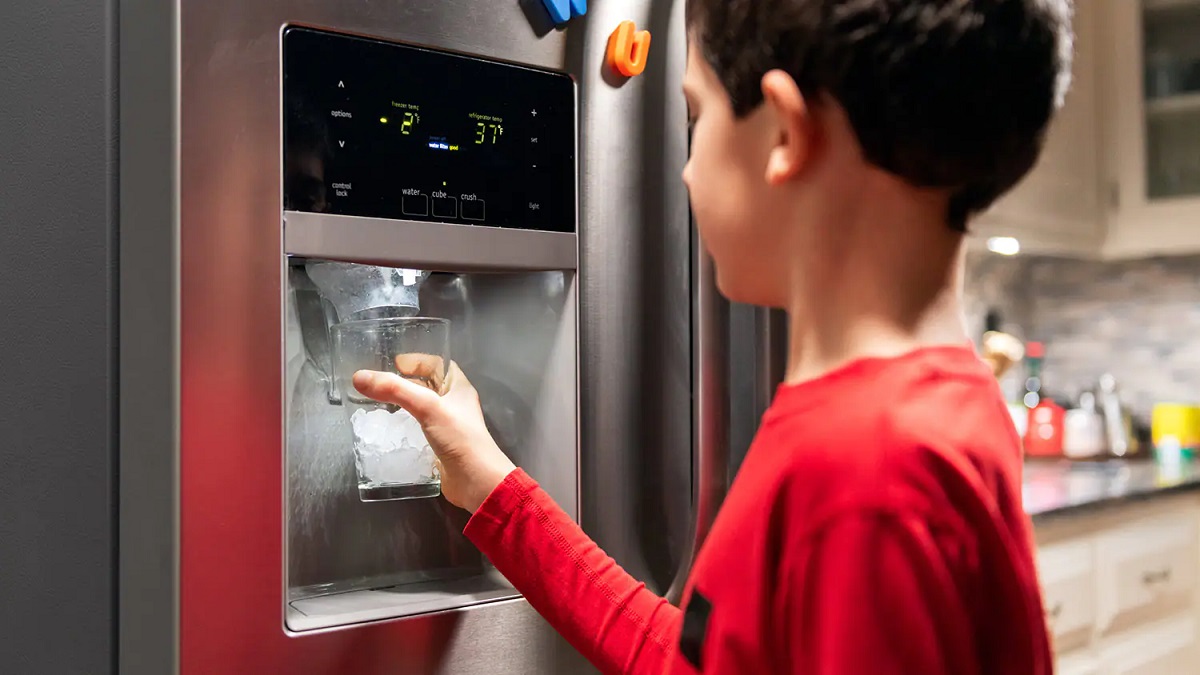
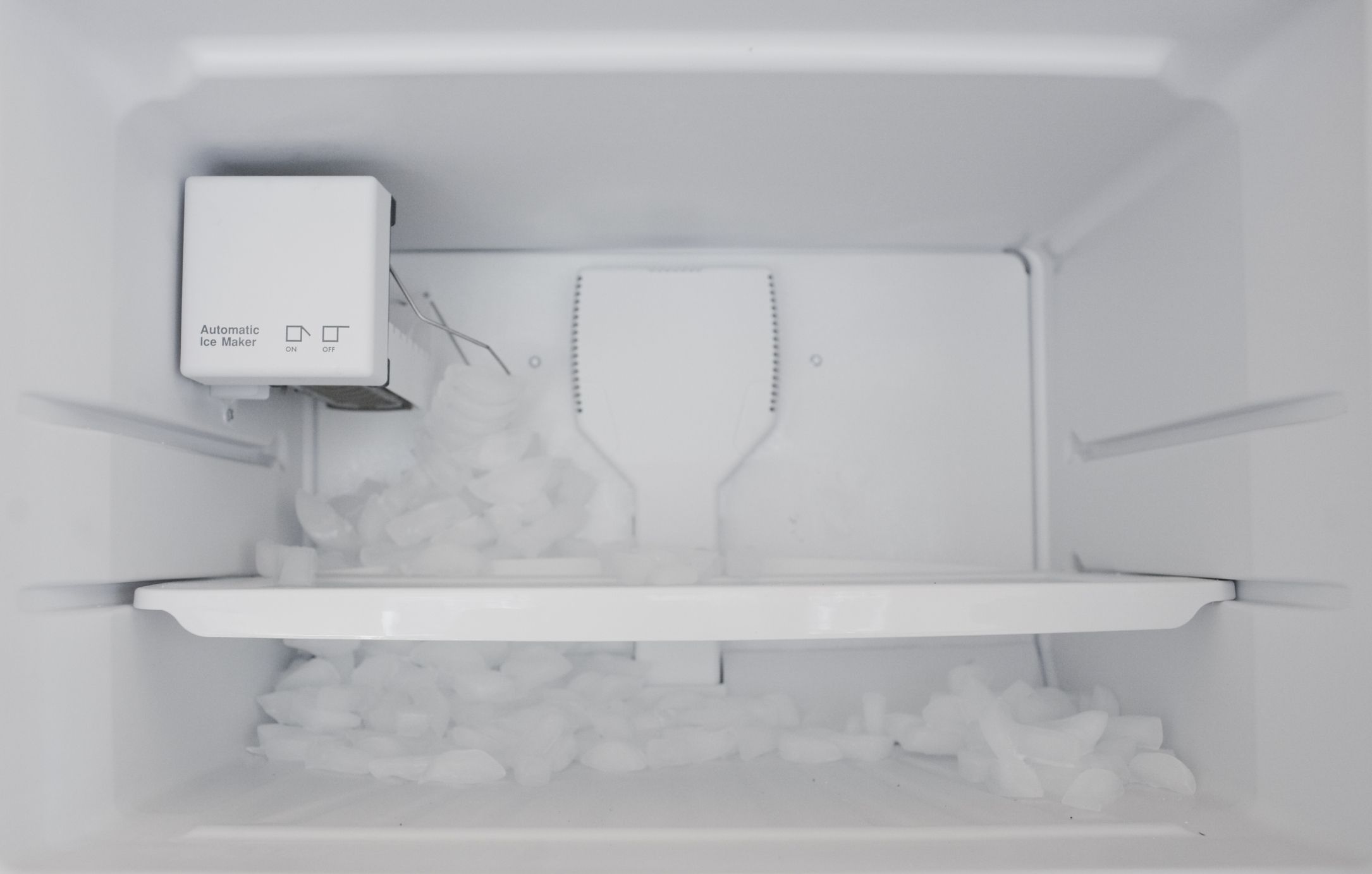
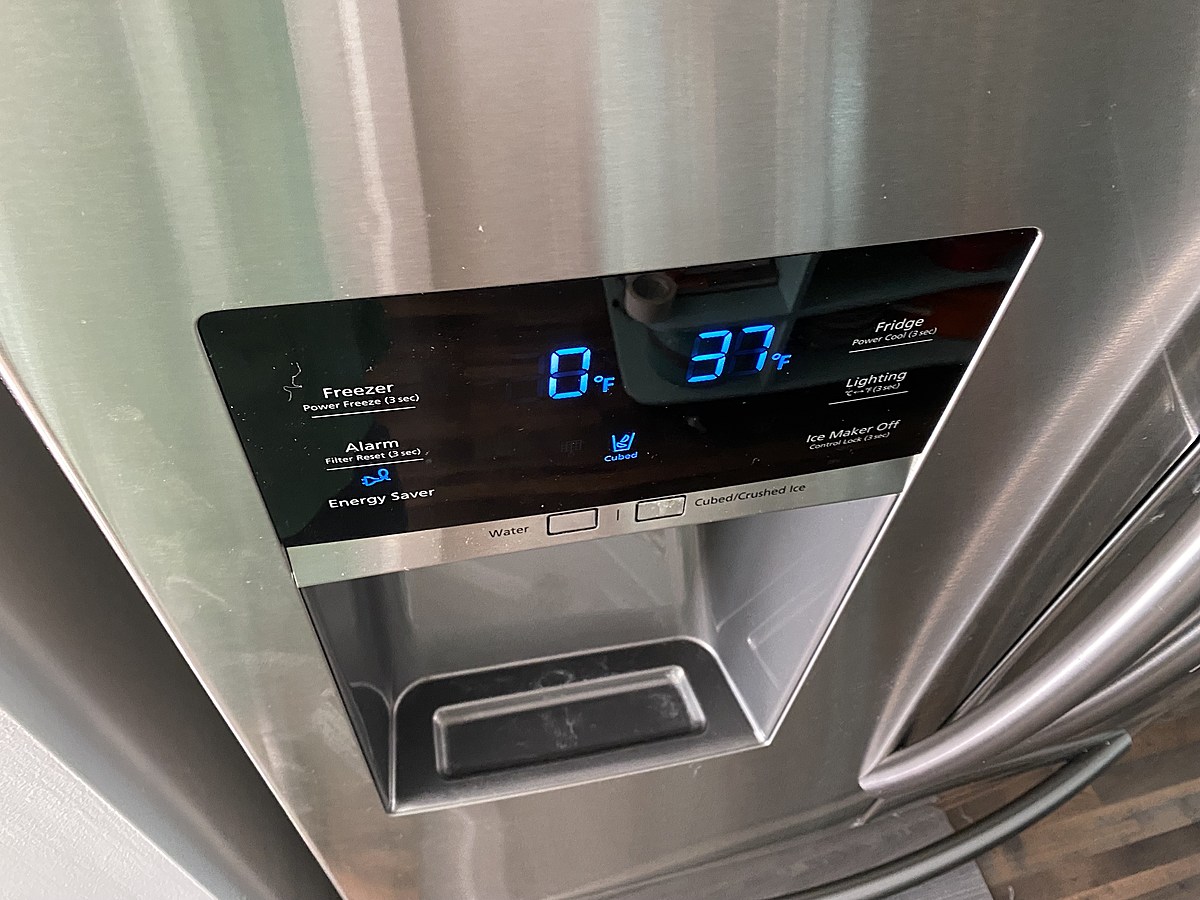
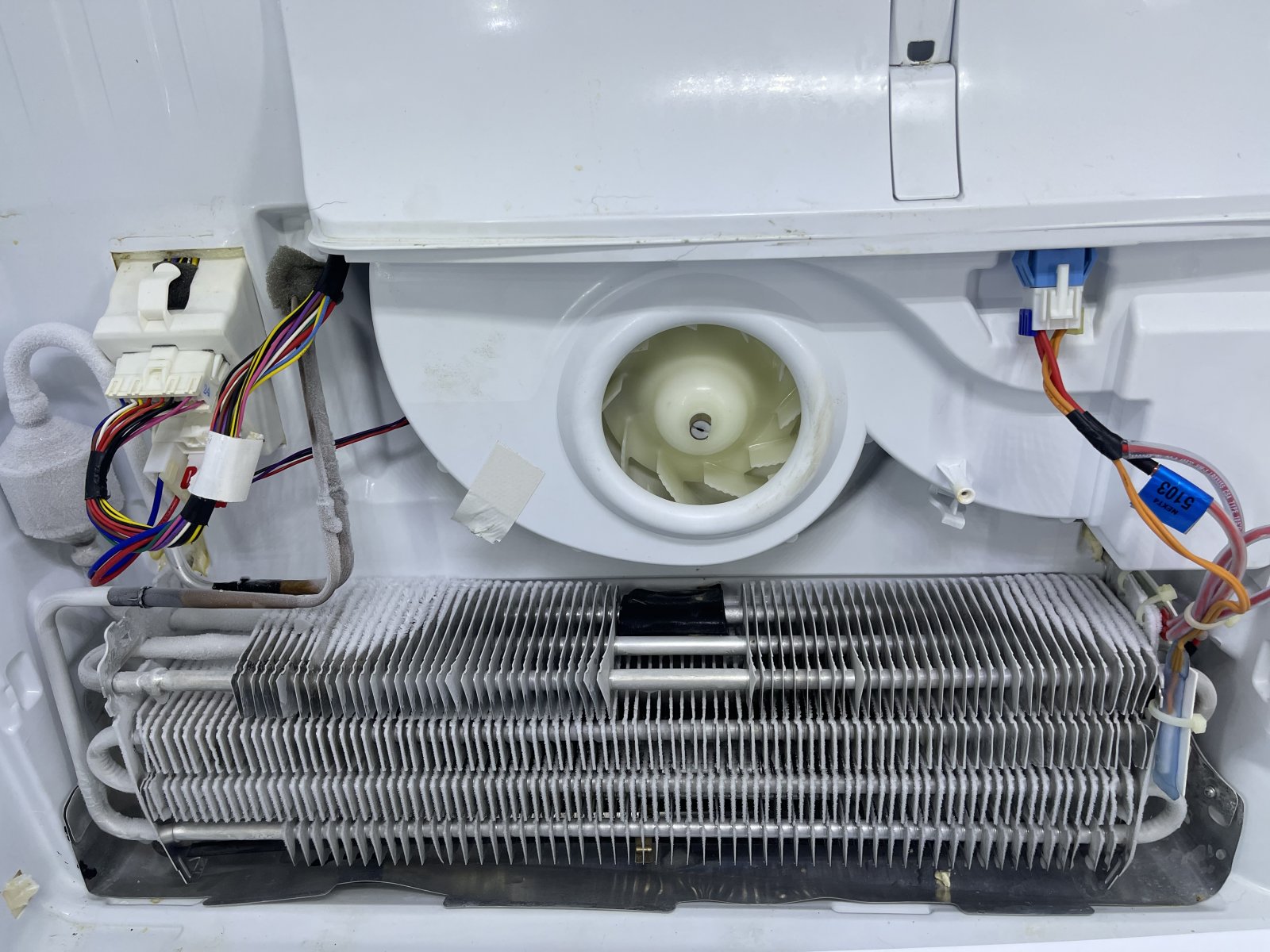
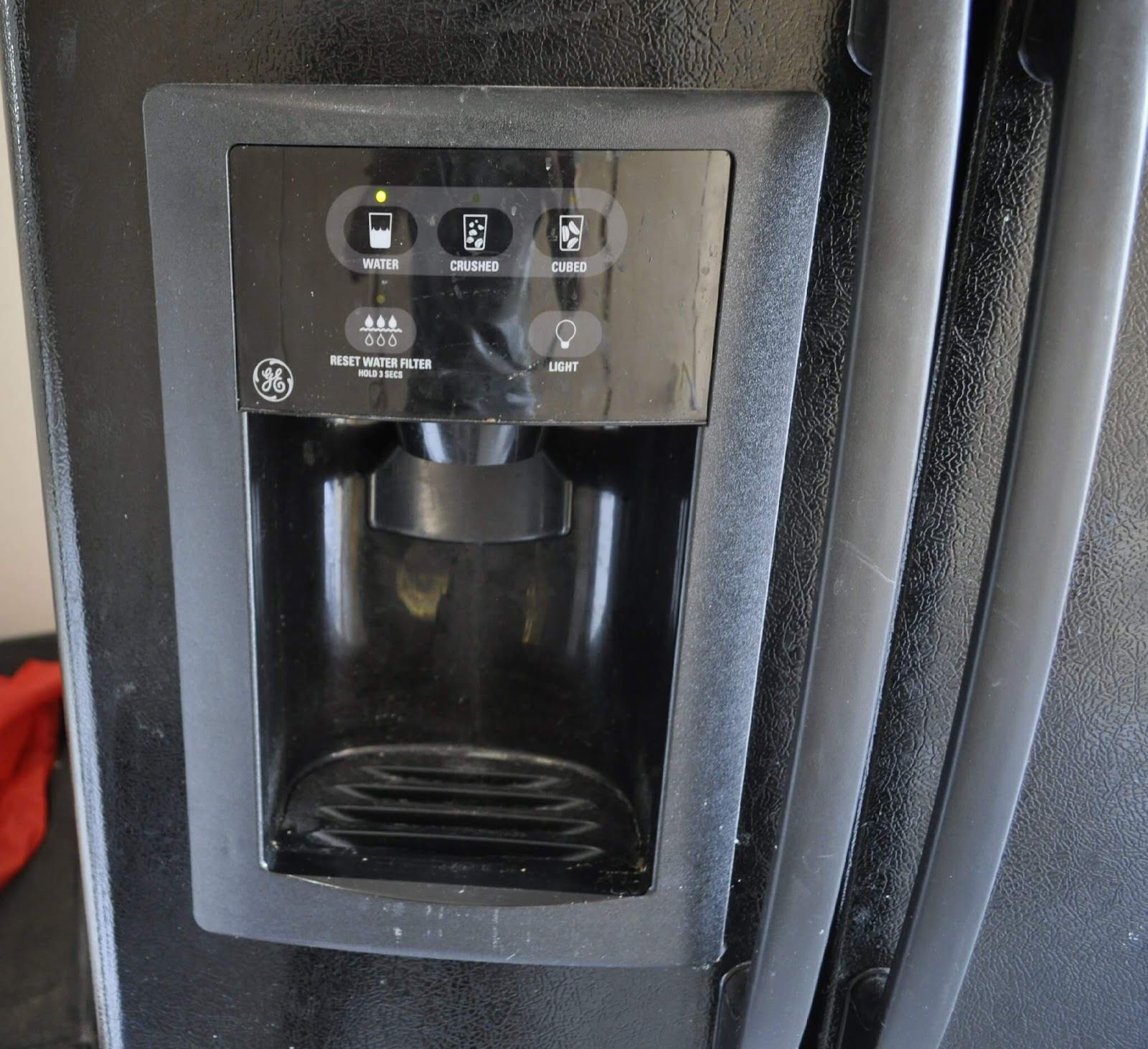
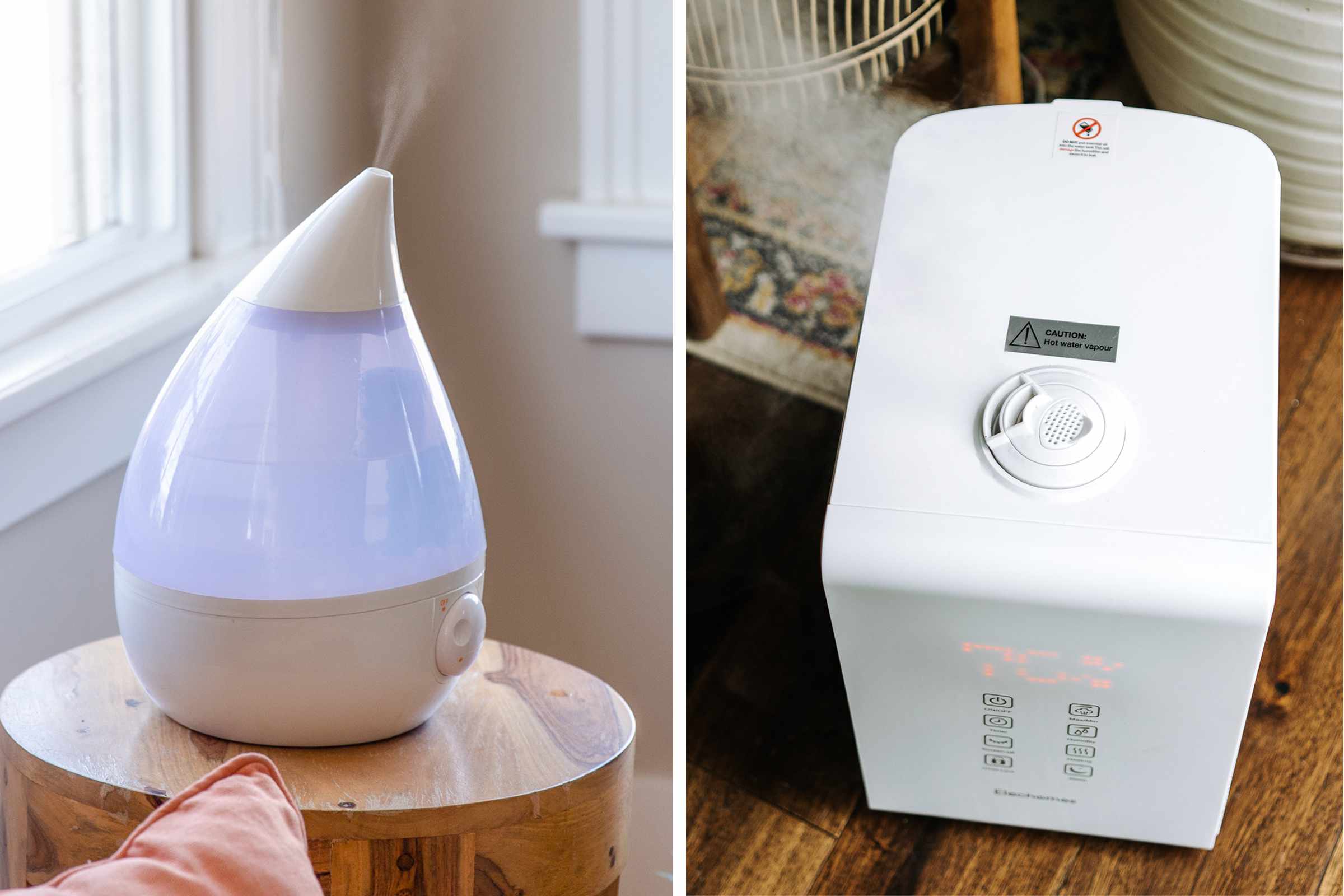


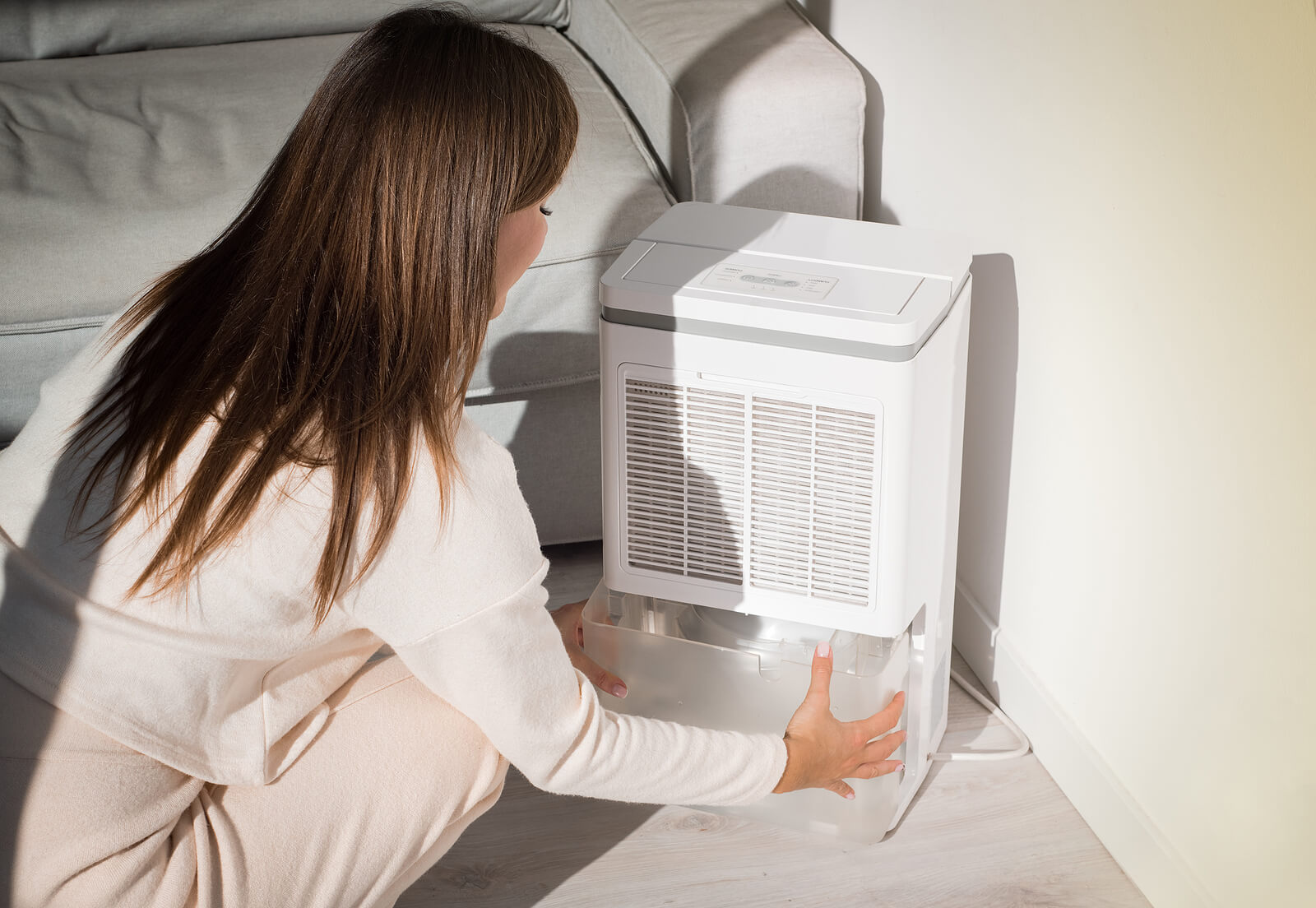
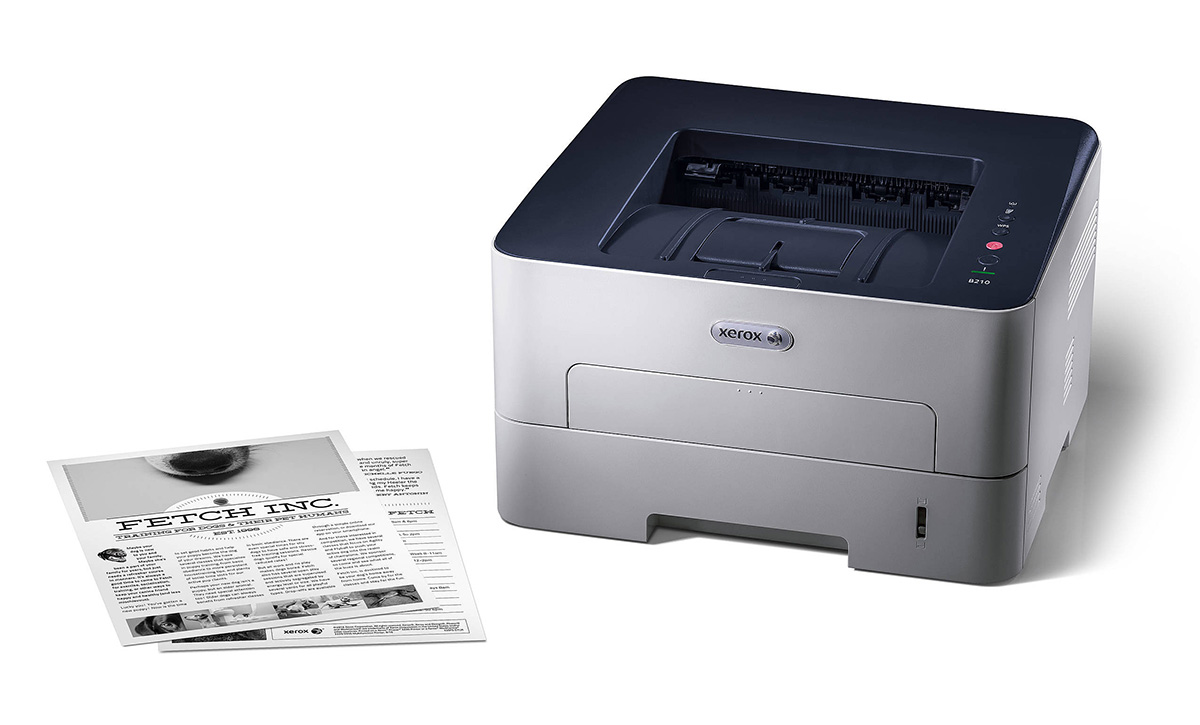
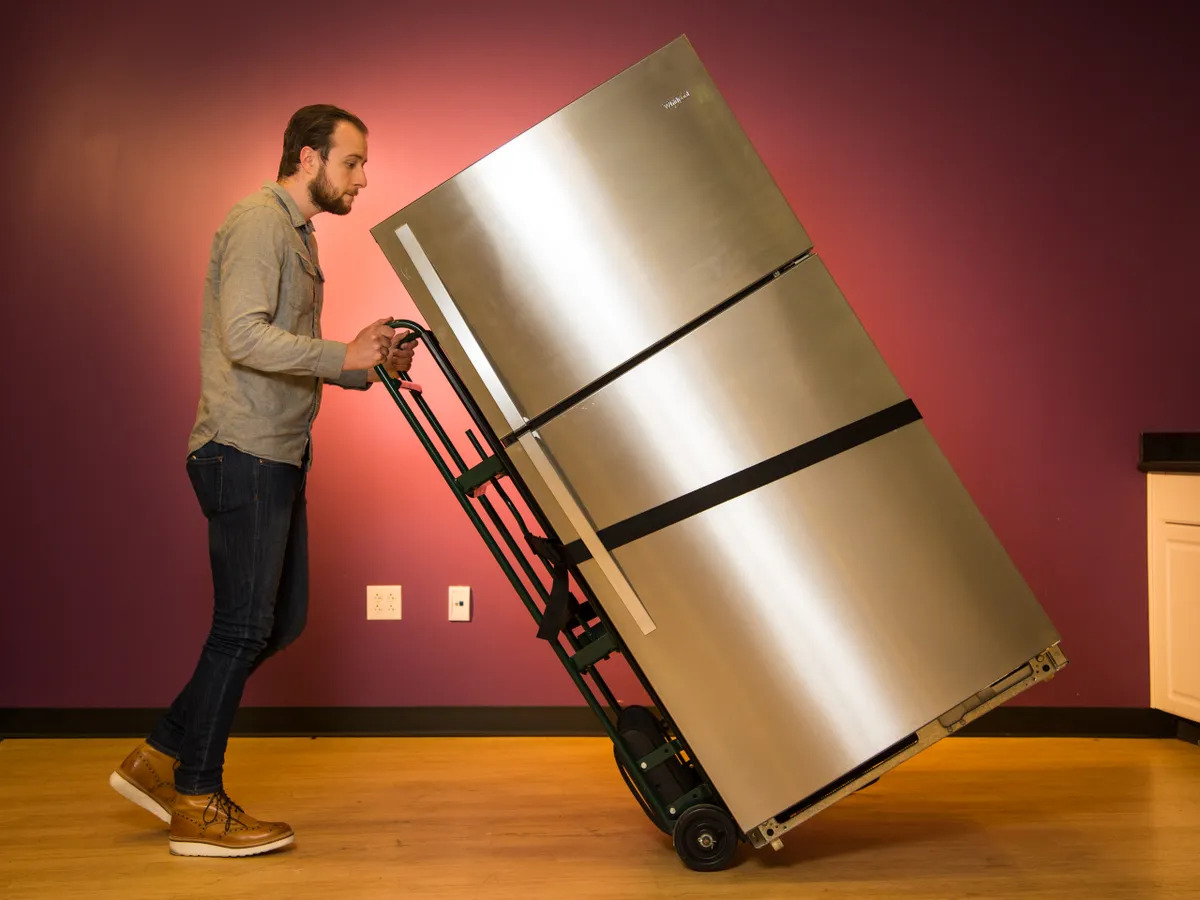
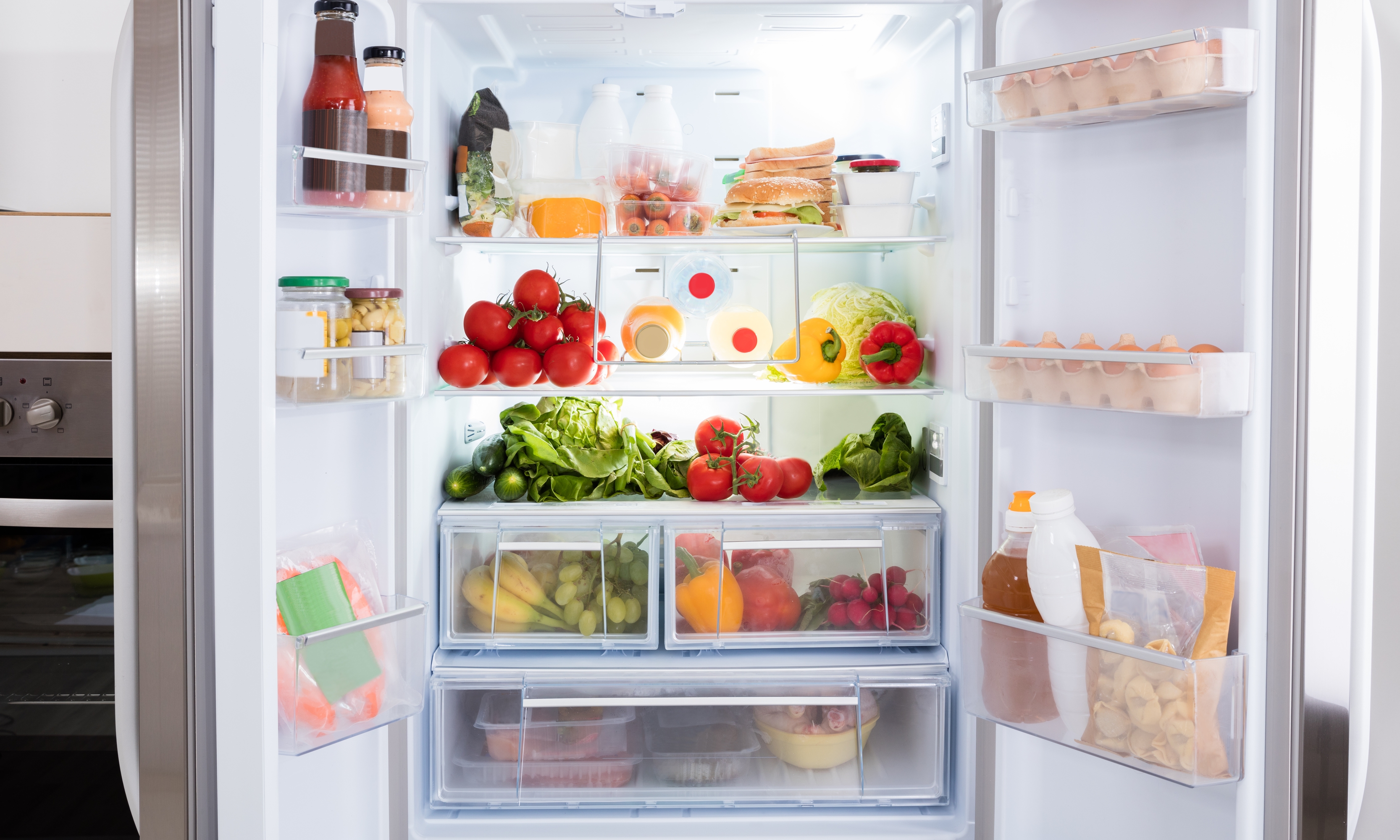


0 thoughts on “How Refrigerator Works”